There can be your advertisement
300x150
Basic Home Design Principles for Weather Protection
Are you building a home from scratch or making some improvements for more comfortable living? It's important to consider weather conditions and include design elements that help maintain optimal temperature. Whether you're in a cold or warm region, you have the ability to control weather conditions to a certain extent. Now let's explore how we can do this to feel secure during challenging seasonal months.
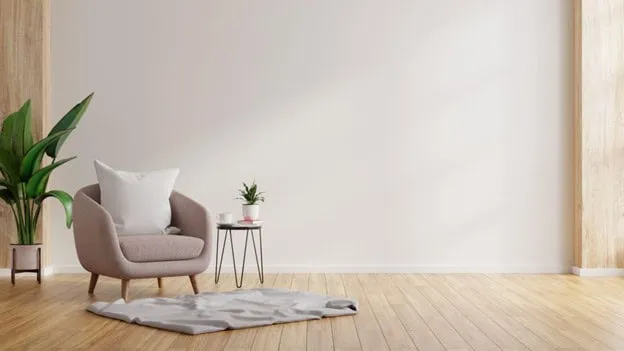
Double Glazing
Most Australian home builders recommend a design that adapts well to local conditions. That's why double glazing is an excellent investment for homes in cold climates, as it helps retain heat inside the house and reduces the need for artificial heating systems. The look of the home remains virtually unchanged.
You typically see double glazing in commercial buildings, and its effectiveness is undeniable. The investment can be significant depending on the number of windows, but it may offset other household expenses since temperature is controlled. Double glazing also offers the advantage of noise reduction, which can be an added benefit for homeowners.
Overhang Eaves
If you're building a new home, overhang eaves are something worth incorporating into your project. As the name suggests, they extend beyond the base of the house and provide protection from harsh weather conditions. This means your paint, windows, wood, and other building materials better withstand the elements. Eaves also protect against rain by directing it away from the facade. Don't have eaves on your existing home? You can add them to the roof through an extension, so contact a builder specializing in external structures.
This also allows you to enjoy opening windows during the rain for airflow without worrying about getting wet or letting moisture inside. Without proper ventilation, mold can become an issue, so eaves should be a key part of any home project.
Passive Cooling
Passive cooling is a term you might not know, but it's very popular in modern home design. Passive cooling refers to designing systems and elements that maintain a cool indoor environment without active technology use. This reduces reliance on air conditioners and fans, as well as their energy costs.
Air conditioners and fans are considered active cooling systems, so a passive system can include curtains with different thermal properties to use cool air. Another example of passive cooling methods is painting your home in colors that minimize heat absorption, surrounding the house with trees and shrubs to scatter sunlight, and other 'passive' solutions.
Natural Screens
Another effective way to protect your home from weather conditions is using natural screens. While you can invest in walls or fences, why not use dense shrubs that beautifully frame your home? Alternatively, you can plant trees in front, back, or sides to create a screen. Ideally, this should be done on the side of your home that receives the most direct sunlight to disperse some heat.
If you want other screen options, consider materials. Aluminum can withstand wind and rain but offers little resistance to cold or heat. Wood retains warmth and provides shade, but deteriorates over time due to prolonged exposure to elements. Consider all screen options and evaluate their pros and cons. Which option will be most practical for your home project and climate?
Strategic Use of Textures
Adding various textures to your home that provide warmth in winter or coolness in summer gives you a great advantage. You can achieve texture effects through floors, cushions, blankets, and décor items. Use wool rugs when you need warmth, and don't hesitate to return to bamboo mats in warmer months. This is an excellent way to manage weather conditions inside your home, and it's a simple solution. All you need to do is store furniture and decorations seasonally when they're not needed, then bring them back out when the weather changes and you want a seasonal update.
~
We hope these ideas inspire you to implement them in your current home or new building plans. Thoughtful planning now will save you time and utility costs in the long run, so don't rush this step.
More articles:
 Ideas for Parquet Flooring in Different Rooms and New Trends
Ideas for Parquet Flooring in Different Rooms and New Trends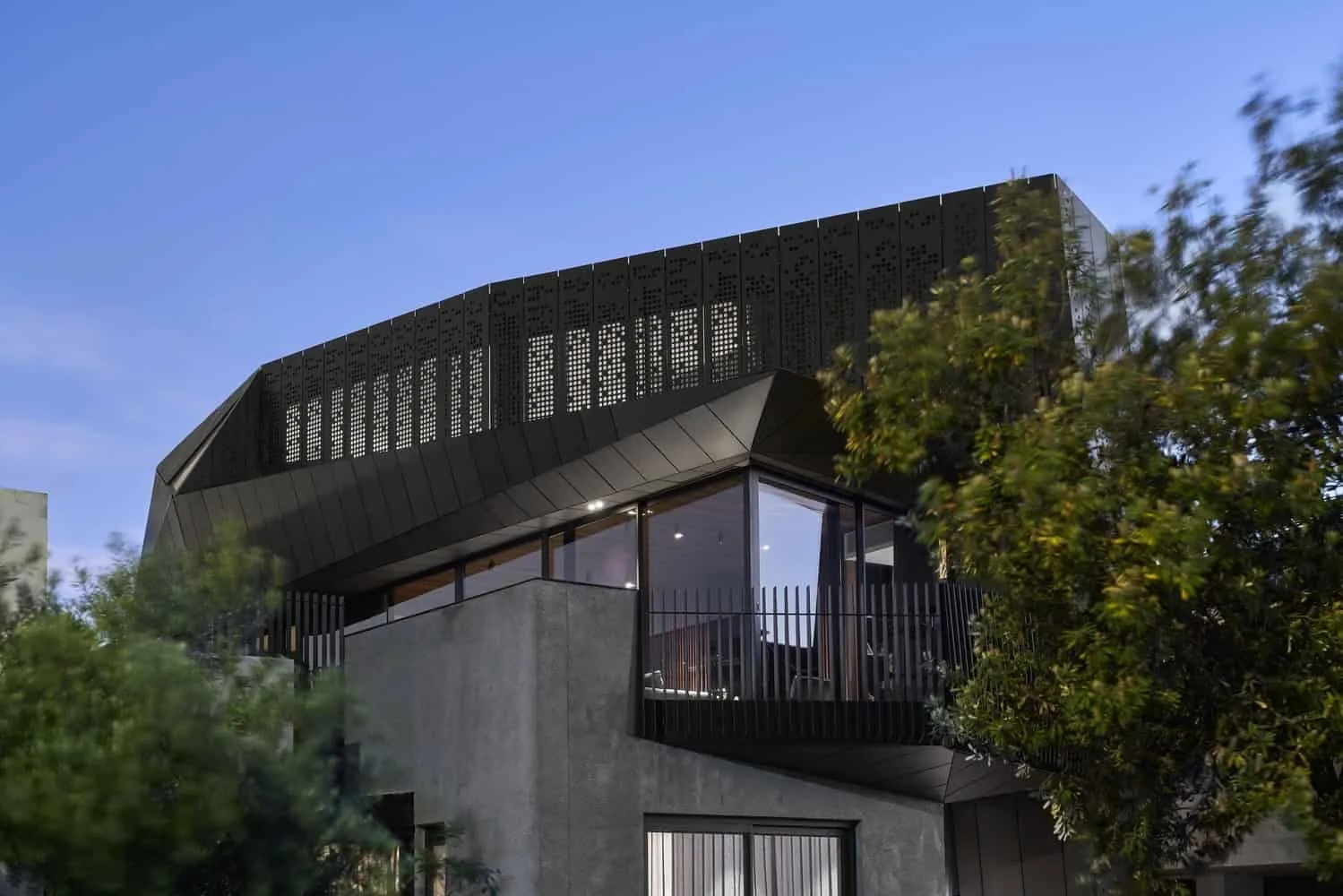 Harold House by Coy Yiontis Architects in Middle Park, Melbourne
Harold House by Coy Yiontis Architects in Middle Park, Melbourne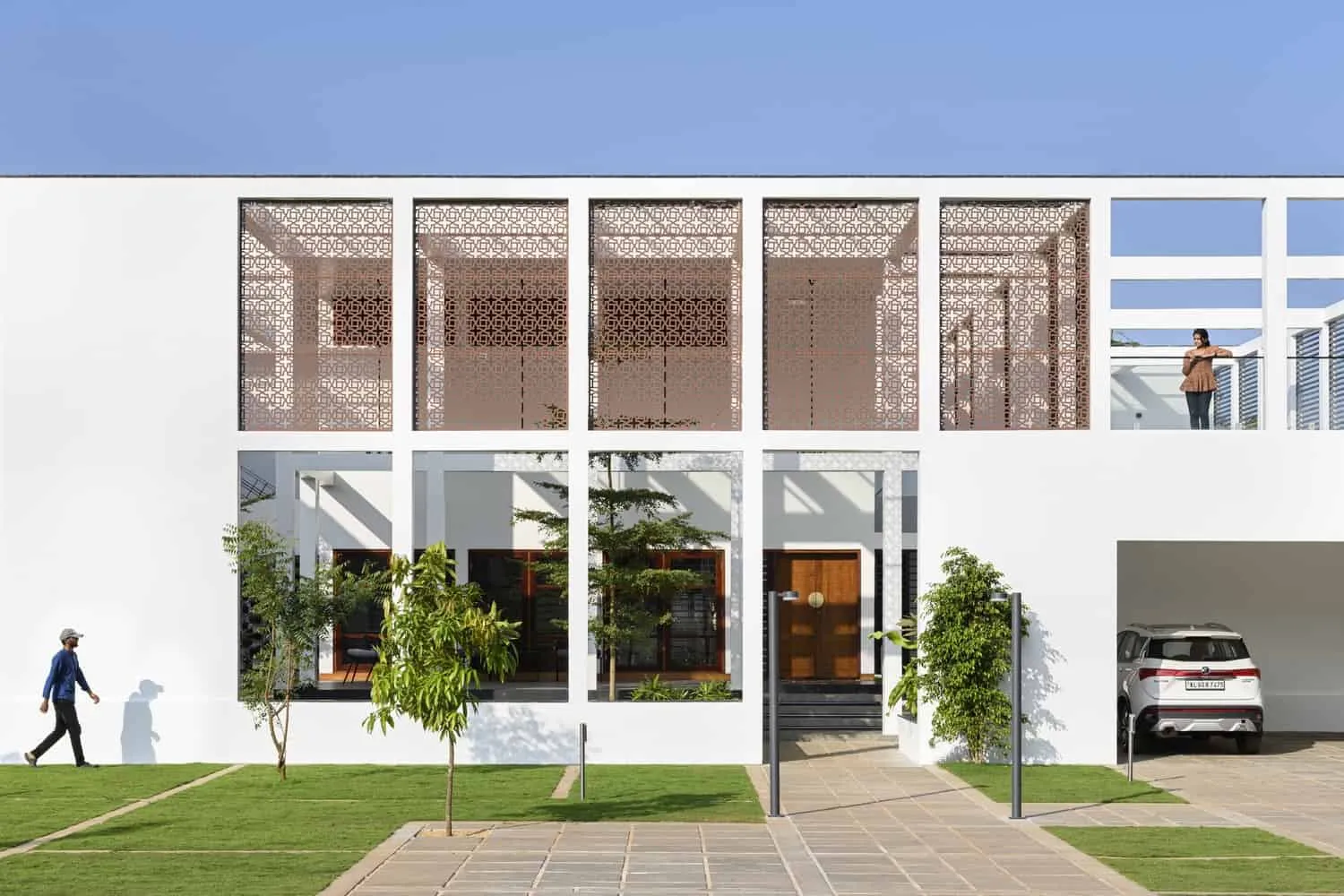 Harris House by Studio Acis in Kanhangad, India
Harris House by Studio Acis in Kanhangad, India Scary Beautiful Halloween Living Room Ideas
Scary Beautiful Halloween Living Room Ideas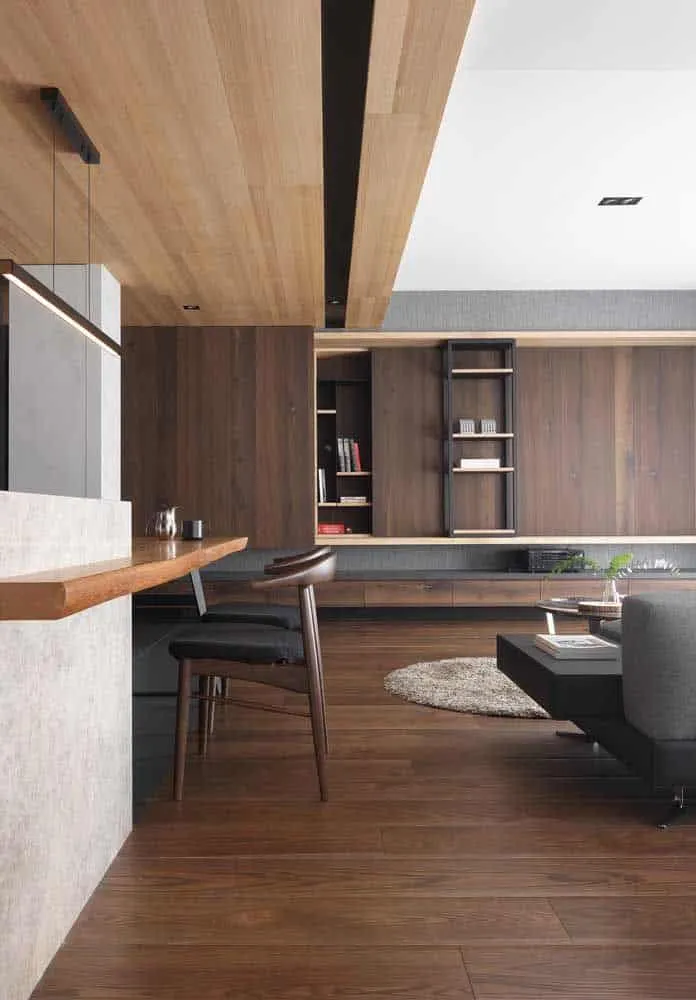 Have You Ever Thought About Laminated Floating Floor Installation
Have You Ever Thought About Laminated Floating Floor Installation Soft Chair Brings More Comfort to Your Space
Soft Chair Brings More Comfort to Your Space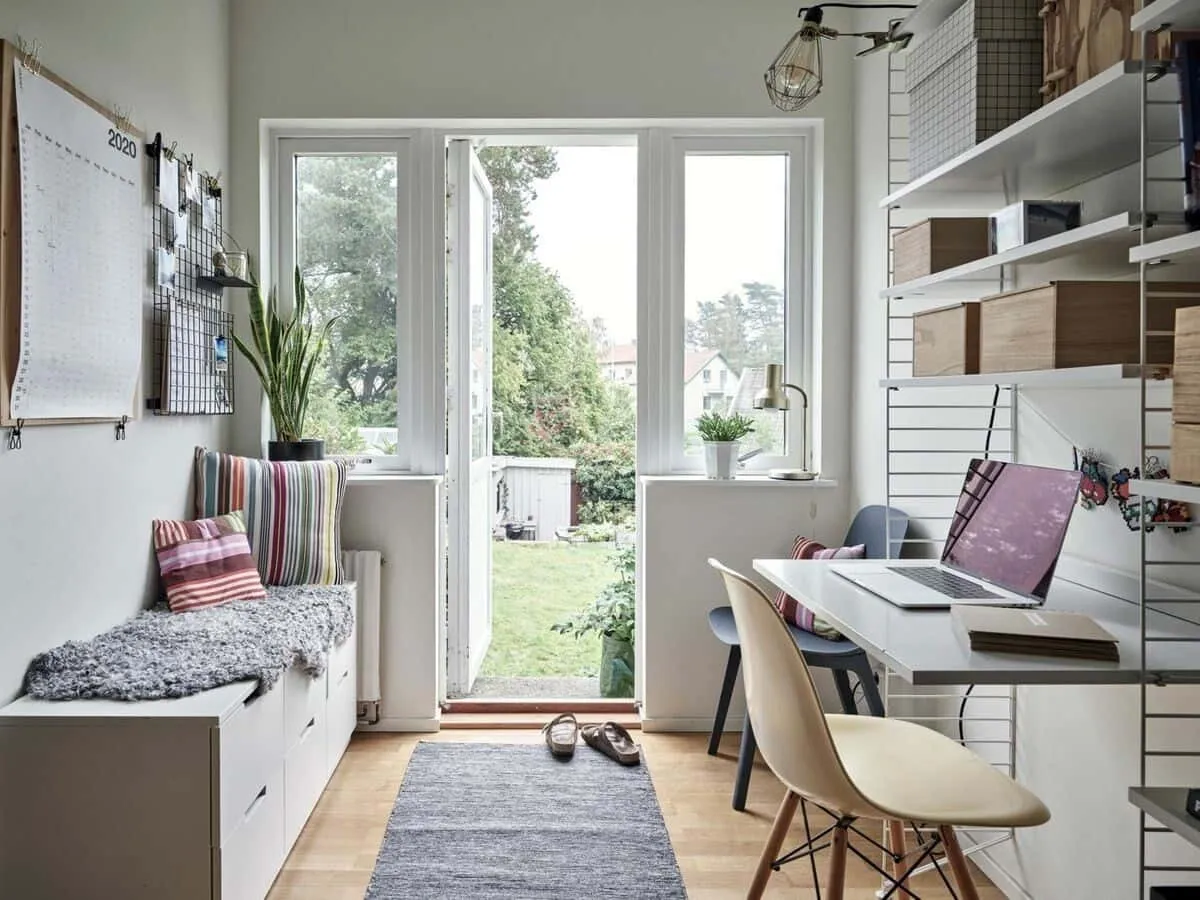 Fresh Nordic Style in Summer Is Still Possible
Fresh Nordic Style in Summer Is Still Possible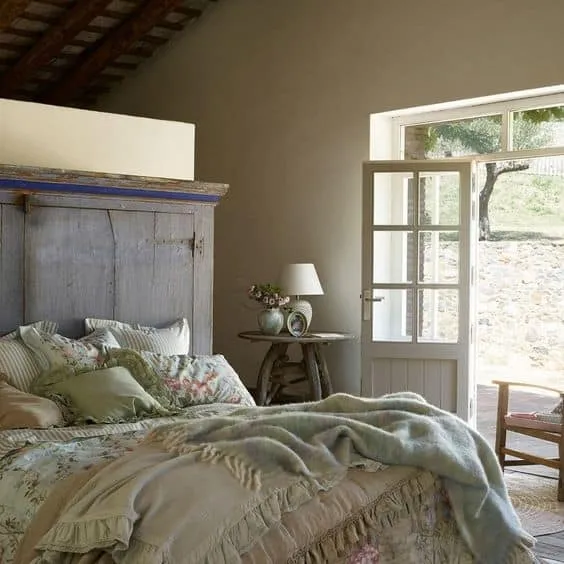 Country Bedroom
Country Bedroom